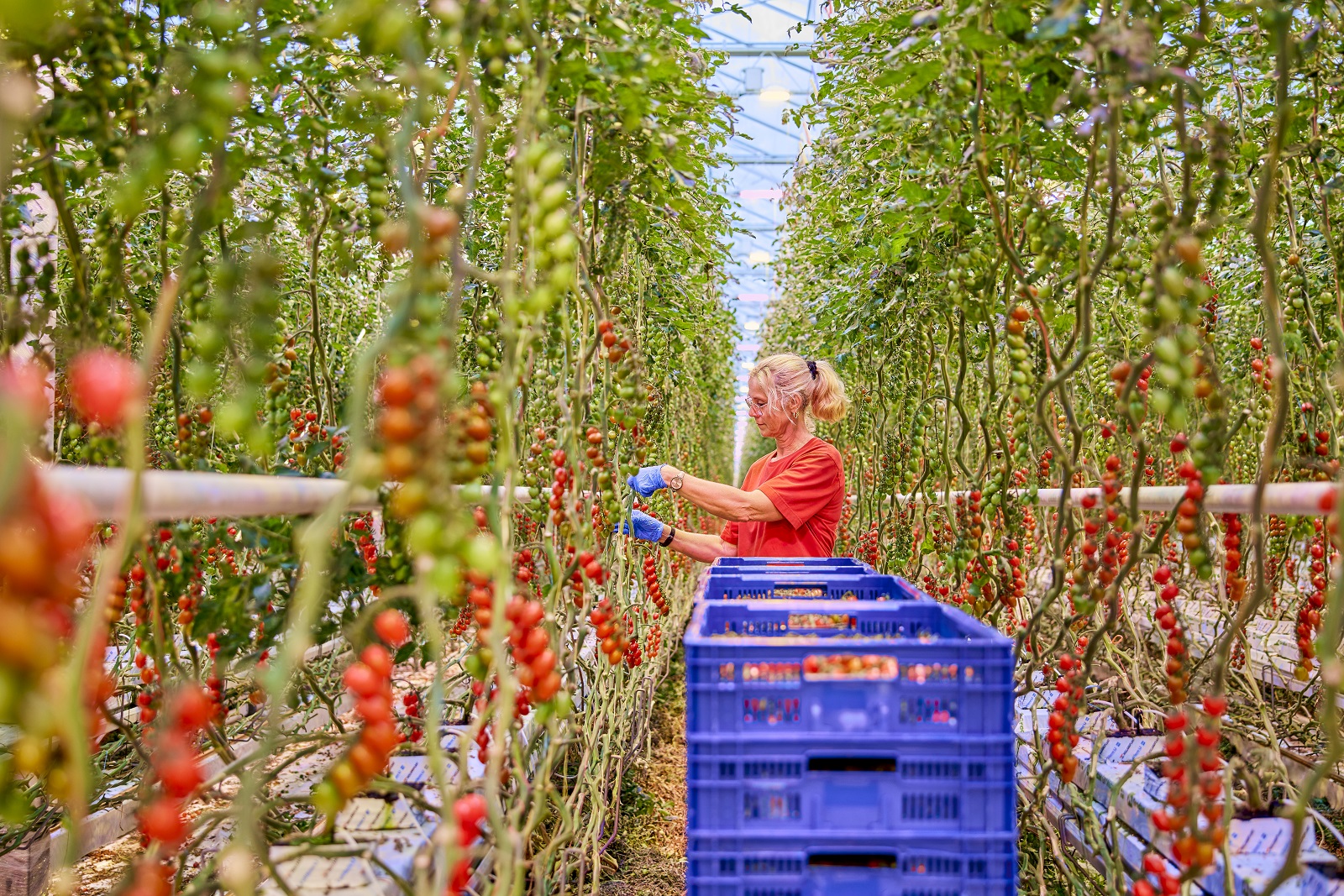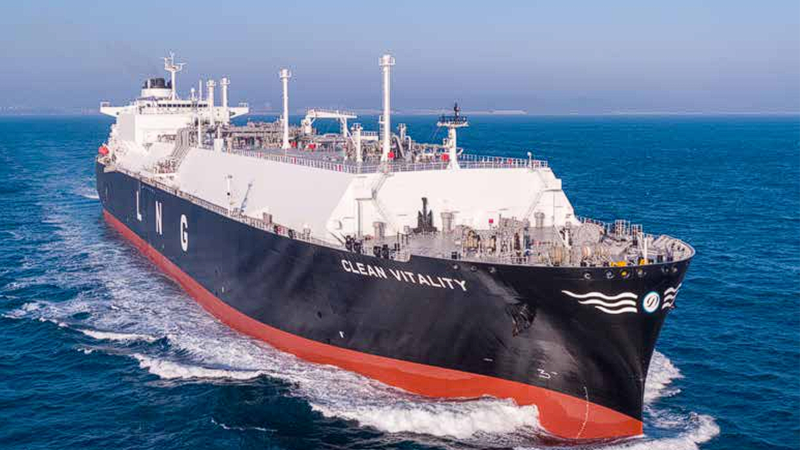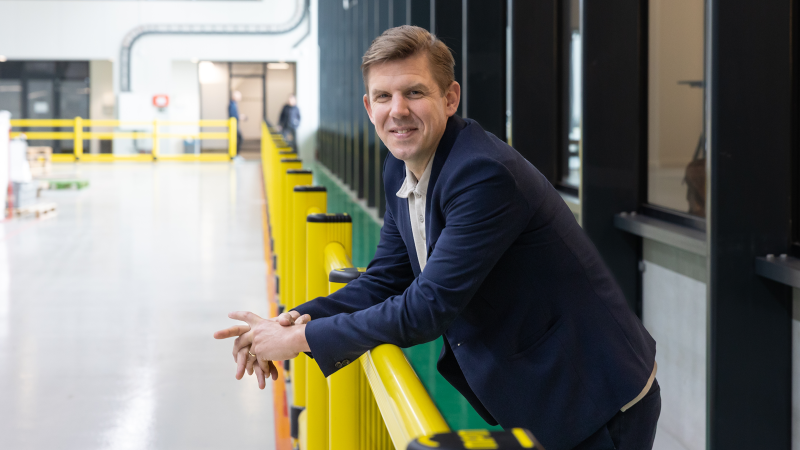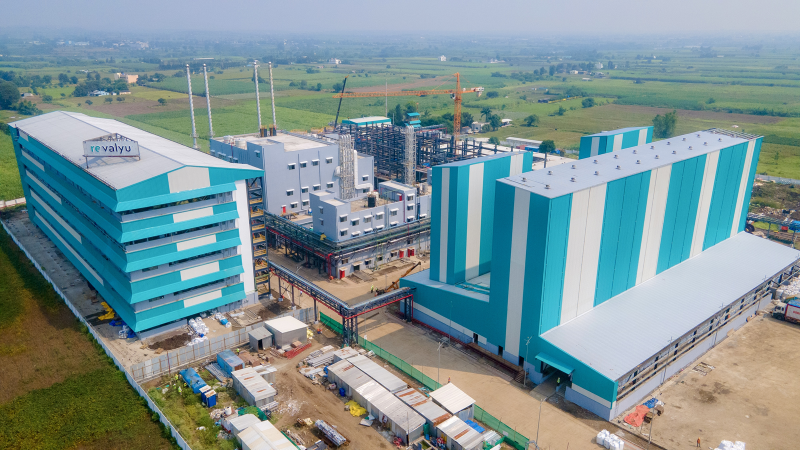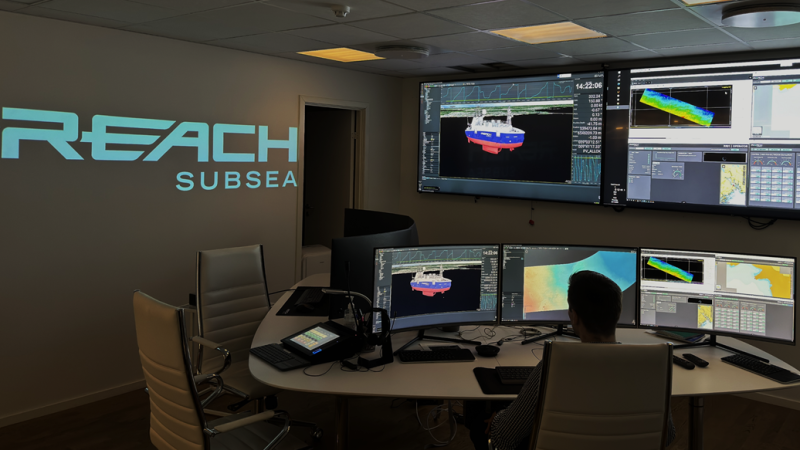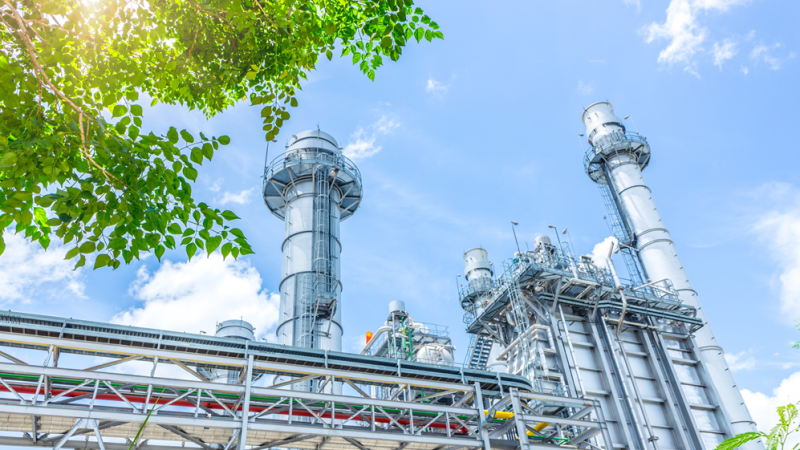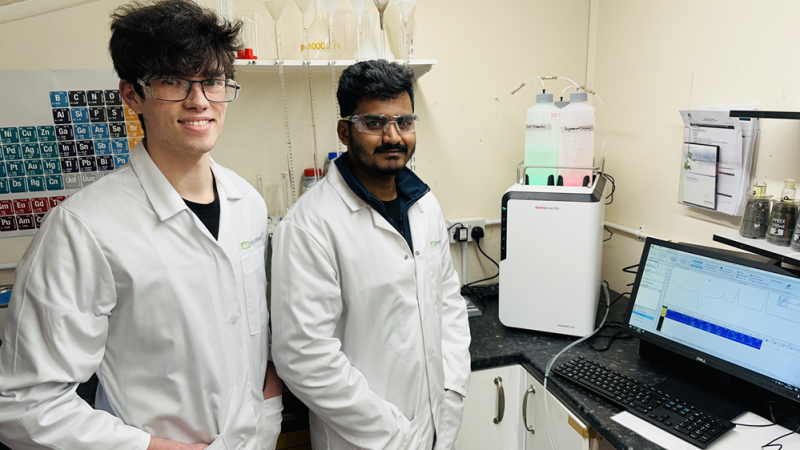RedStar is highly regarded as a major player in the world of tomatoes, committed to growing beautiful, healthy and naturally good regenerative produce that always looks and tastes great. The ambition of the company is to replicate the perfect balance of nature in their greenhouses to create the perfect RedStar tomato sweet and juicy, creating Pure Joy.
With 12 certifications, RedStar complies with the highest possible quality requirements, ensuring that food safety and excellent shelf life are guaranteed. In its modern greenhouses, the aim is to make maximum use of sustainable growing methods. The products are packaged in a state-of-the-art packaging centre in De Lier (NL), where also the company’s headquarters are located.
Different from the rest
A business that started as a family company in 1953 has become a strong international partner, operating three greenhouse clusters in the Netherlands and several other greenhouses within joint ventures and partnerships in England and Morocco.
“We are unique as we not only grow the tomatoes but package and sell them as well, which is very unusual in our sector, “says RedStar CFO Peter Kalden. “That gives us a significant advantage as we can be much more flexible about our client’s requirements.”
The company’s objective is to supply its customers all year round with pure and fresh tomatoes of consistently high quality.
By growing, packaging and selling the tomatoes themselves, and by constantly seeking to improve its range and hence the customers’ offering, RedStar deliver optimum service and demonstrable added value, having firmly established the position of a reliable partner in the supply chain.
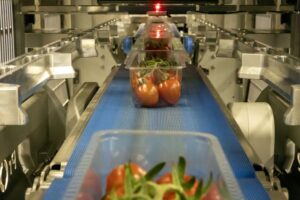 “If a customer wants a special type of tomato or a special variety, we can together see how best to meet that requirement. Within these partnerships with our clients, we are not just delivering products but are also investing in long-term relationships.”
“If a customer wants a special type of tomato or a special variety, we can together see how best to meet that requirement. Within these partnerships with our clients, we are not just delivering products but are also investing in long-term relationships.”
Committed to quality
The track record of seven decades speaks for itself. Mr Kalden explains that the founding family was committed to providing the best in the market, but dared to do things differently, ahead of the trend, investing in innovative production methods.
For example, in 2007, RedStar became the first company in the world to introduce LED lighting in its 8,500m² greenhouse. A few years later, in 2013, the company showed again its commitment to innovation by opening its hypermodern Ultra-Clima greenhouse in Dinteloord.
A year later, RedStar became one of the Top 5 Best Grower in the World Championship, praised for its innovative focus and its inspiring relationships with large European retailers. “This innovation-driven development, promoted by the founders, has created a solid foundation for the company as it stands today,” Mr Kalden points out.
Today, RedStar nurtures over one million tomato plants with over 3 million branches during summer time, across its 66 ha of greenhouses in the Netherlands. “The aim is to deliver stable quality to our clients all year round, to the required standards, and with the required shelf life.”
Weathering the storm
This may seem simple enough, but Mr Kalden admits that the challenges of last year were phenomenal. Not only were the growers affected by the tomato brown rugose fruit virus, but the energy crisis also hit them hard.
“Skyrocketing energy prices affect decisions on whether to grow within winter, hugely impacting partnerships with clients. Still, I believe we have steered through this storm quite well. We have 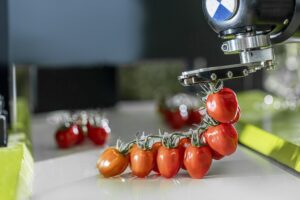 invested in more LED lights in our greenhouses, and for the most part, we have been able to meet our key customers’ requirements.”
invested in more LED lights in our greenhouses, and for the most part, we have been able to meet our key customers’ requirements.”
Another serious challenge, the labour shortage in the European market, has been addressed by investing in robotisation, he explains. In March this year, RedStar announced a multi-year agreement with MetoMotion,
a manufacturer of a multipurpose robotic system to perform labour-intensive tasks in greenhouses, for the purchase of its multiple MetoMotion’s Greenhouse Robotics Worker (GRoW).
RedStar started harvesting with the GRoW robot in 2022 and is now scaling its usage with the purchase of more robots. “The plan is to reach full commercial site usage by the end of 2023, a major step as we move towards sustainable growing.”
Sustainable tomato production
Mr Kalden explains that in cooperation with an external company, RedStar has defined a five-year sustainability plan to outline the way forward. “The plan reflects not only robotisation but also the type of plants we will be seeding, and how to proceed in a sustainable manner with a minimum environmental footprint. We have set ourselves an objective to reduce our carbon footprint by 50% by 2030 – an ambitious task but one that we believe is realistic.”
He also makes an important point regarding greenhouse farming, which some believe is polluting the environment. “That is not so, in fact, quite the contrary. We are using gas to produce electricity, most of which is sold to the grid to be used by consumers within their households. The CO2 that comes from generation is cleaned by us and used for crop growing,” he explains.
The company is now also searching for ways to limit the use of gas. RedStar is collaborating with 14 companies on a major project to repurpose residues from a waste incinerating plant, using the heat and CO2 for one of its greenhouses. The project, set to be completed within two years, is expected to reduce the gas consumption of that greenhouse by between 70% and 90%.
“All these steps we are making towards ‘greener’ production are very intensive in terms of investment and complexity but we are making great progress. We are extremely efficient in our use of resources, and strive to contribute to a greener planet,” Mr Kalden affirms in conclusion.
